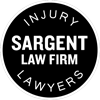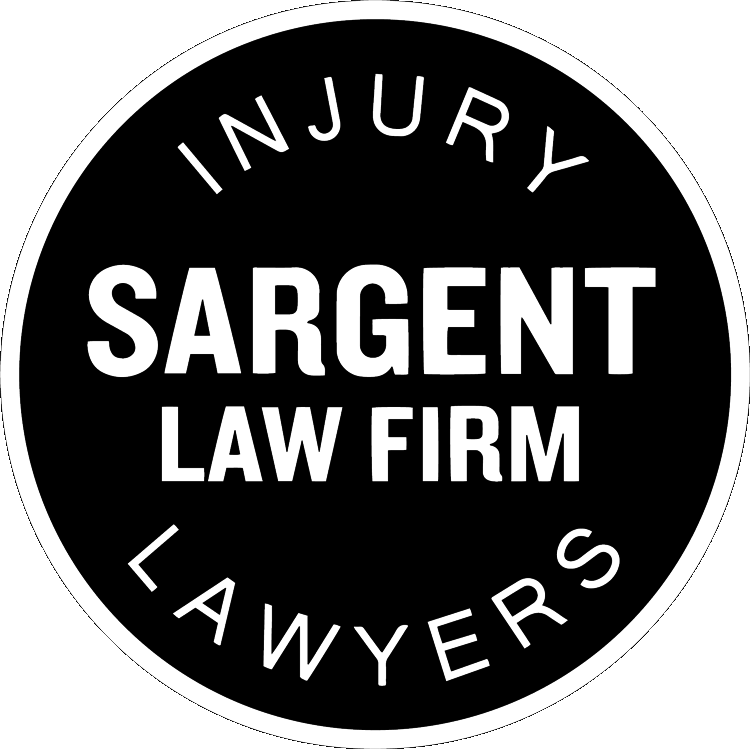When you’re hurt in a car accident, law enforcement should create a collision report. It’s important to understand how to read the report, and how it may be utilized in your car accident claim.
When you need assistance with getting fair compensation for a car crash in California, contact Sargent Law Firm Injury Lawyers.
Reading a California Car Accident Report: An Overview
What is the form for a California car accident report?
A California car accident report is CHP 555 – Traffic Collision Report. It is a form created by the State of California Department of California Highway Patrol.
What sections are in the CHP 555 Traffic Collision Report?
A California car accident report is organized into sections. The first page states the location of the crash, the parties involved, their contact information and the vehicles involved. Page two documents property damage and various crash details like weather, roadway conditions and whether alcohol was involved. Page three identifies crash victims and witnesses. Page four is a diagram of how the crash occurred and the investigating officer’s identification information.
Page One
Page 1 states the basic information of the location and the date of the crash. It also states the parties involved in the crash.
- Number Injured/Number Killed – States the number of people hurt or killed in the crash.
- Hit and Run Felony/Misdemeanor – One of these two boxes will be checked if a driver fled from the scene. A hit and run may be a felony or a misdemeanor depending on the circumstances of the crash.
- Tow Away – States whether a vehicle was towed from the scene of the crash.
- Location – Location information details exactly where the crash occurred, as in geographically – the roads and streets where the crash happened. GPS coordinates may be given.
- “MO.” – The month, and Time is entered in military time for when the crash occurred.
- Photographs By – Indicates whether photographs were taken at the scene
- Party 1, Party 2, Party 3 – Each party involved in a crash is designated as a party. Their driver’s license number is recorded, along with any class of license that they have. Their contact information is listed as well as their insurance and vehicle information. Damage to their vehicle is shaded in a diagram on the right hand side of the form for each party involved. The process is repeated for each party to the crash. If the vehicle owner is not the same as the driver, this is noted.
Page Two
Page 2 details factors that may have contributed to the crash. The seating position of each person is noted. Then, the page lists a variety of factors that may be relevant including whether airbags were deployed, weather conditions, traffic control devices and cell phone use.
- Property Damage – If property was damaged, a description is entered, and the owner is identified. “Notified” is an indicator of whether the owner of the property has been notified of the damage.
- Safety Equipment – States whether seat belts, child restraints and helmets were used.
- Airbag – The officer will indicate if airbags deployed.
- Inattention Codes – Refer to any distractions that may have contributed to the crash. Cellphones are a possibility as well as the radio, eating, children, reading or tending to personal hygiene. This information may be repeated in the Special Information section.
- Weather – Indicates weather conditions at the time of the crash.
- Sobriety – Drug Physical – Designates whether a driver may have been under the influence or otherwise impaired.
Remember that Page 2 asks the investigating officer to summarize their observations by checking boxes. These boxes do not allow for a narrative, and they do not allow the officer to explain in detail. You may need to investigate further to better understand the situation.
Page Three
Page 3 lists witnesses and passengers. The extent of injury is noted and whether the person was transported for medical treatment. The information is repeated for each person. A person may be listed in this section as a witness even if they do not have injuries.
If you’re the victim of an accident, you are likely to be listed in this section of the accident report. Remember that the information may be incorrect or incomplete, since the officer is only reporting their observations at the time the report is made.
Page Four
Page 4 is the space for the investigating officer to draw a diagram of how the crash occurred. This page exists because it may be easier to explain the accident with a diagram than by writing a narrative. The officer shouldn’t give their opinion of who is at fault. Rather, they should limit the drawing to the facts, including the respective positions of vehicles and the roadway.
At the bottom of the page, the officer creating the report states their name, ID number and the date that they made the report.
About California Car Accident Reports
How do I get a copy of my accident report?
You may get a copy of an accident report in person at a California Highway Patrol office or by mail. Complete CHP 190 – Collision Request Form. To receive a copy without needing to go to an office, you must submit the required information along with a photocopy of your ID and the fee.
Are car accident reports public information in California?
No. Generally, car accident reports are not public information in California. They are available only to interested parties. An interested party isn’t limited to the drivers involved in the accident. You may be a passenger, family member, insurance company representative or another party of interest.
Is a California accident report admissible in court?
No. Accident reports are considered hearsay, so generally, they are not admissible in court. (“[I]t is well established that traffic reports are not admissible in evidence.” Box v. California Date Growers Ass’n, 57 Cal.App.3d 266 (Cal. Ct. App. 1976).) However, in limited circumstances, a report may be used to impeach a witness.
How do I use a California car accident report?
When it comes to using your California car accident report, it’s important to remember that the report is the observations and opinions of the investigating officer. It is not a determination of who is at fault for the accident. The officer may have an opinion, but only the judge or jury in a court hearing can decide fault.
The report should be seen as a starting point for an investigation into your case. The report may not be complete. It may be incorrect. It doesn’t conclusively determine fault or comparative fault. It can be a tool to gather admissible evidence and build your case.
Help With Understanding a Car Accident Report
If you have been in a car accident, Sargent Injury Law Firm can help you get a copy of the police report, evaluate its contents and investigate every dimension of your case. Contact us for more information.

